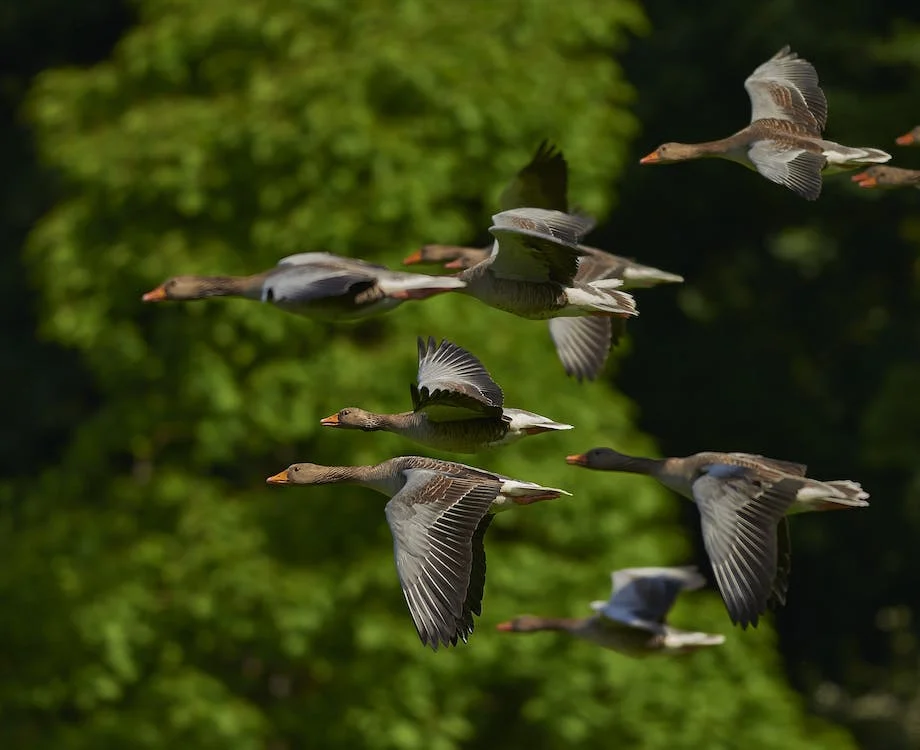It is a huge, long-necked, almost blacking waterfowl, with differing amount of white plumage on its head, wings, and belly. This bird is the largest and heaviest goose species in Africa, foraging mostly for vegetation in various moist grassland and wetland habitats. In flight, its white forewings stand out and contrast in its black body, making them easily recognizable compared to the other waterfowls in its range.
Read further to know more about the Spurwing Goose.
What is a Spur-winged Goose?
Spur-winged goose (Plectropterus gambensis) is a large bird belonging to the Anatidae family. They are closely related to the shelducks and distinct. However, they are separated from their cousins due to their unique anatomical features. They occasionally ingest toxic beetles, in which their body absorb the insects’ poisons, making their own flesh deadly for humans to consume.
Its seven levels of classification are as follows:
Kingdom: Animalia
Phylum: Chordata
Class: Aves
Family: Anatidae
Subfamily: Tadorninae
Genus: Plectropterus
Species: P. gambensis
Spur-winged Goose Physical Description
Spur-winged geese are the largest and heaviest goose species, growing around 30 to 45 inches or 75 to 115 centimeters, and weighing about 7 kilograms or 15 pounds.
These birds have a blackish-brown neck and head. Their face has bare skin in front of their eyes and upper neck, and a huge pinkish-red beak with frontal knob and a pale tip. Spurwing geese’ eyes are dark brown. They have black uppersides and tail, black and white wings, white underparts, and pink legs and feet. Females are relatively smaller than the males, and have less bare facial skin and reduce smaller frontal knob.
Where can they be spotted?
Spur-winged geese are common and widespread in most of sub-Saharan Africa, though they are not present in semi-arid to very arid areas. These birds can occur nearly on any internal bodies of waters, and can also be found in karoos, grasslands, and crop fields.
Interesting Facts You Should Know About the Spur-winged Goose
Spur-winged geese’ diet revolves primarily on aquatic vegetation, seeds, sedges, grass, crops, and occasionally small fish and insects. They are known to eat blister beetles, an insect that secretes a defensive toxin, cantharidin. The poison stays in the birds’ tissues, leading to the poisoning of humans that eat cooked spur-winged goose. Ten milligrams of cantharidin is ample enough to kill a human.
However, what’s even remarkable about this goose species is its speed. Spur-winged goose is incredibly fast, and are listed among frigatebirds, peregrine falcons, gyrfalcons, and swifts. While they can’t dive at blazing speeds, they are agile movers and can travel up to 88 miles per hours or 142 kilometers per hours.
Breeding happens throughout the year, but the pair bond doesn’t last long. The male spur-winged goose will often disperse from the family group after the eggs have hatched after spending some time defending their breeding area.
The nest is placed on a shallow depression on the ground, lined with reeds, grass, and other vegetation the female collects around the area. They are also known to nest in Aardvark burrows or abandoned nests of other bird species. The female spur-winged goose will lay a clutch consisting of 7 to 14 eggs, which she will incubate for 30 to 31 days. She will leave the nest to feed early in the morning or afternoon, covering the eggs to conceal them and keep them warm.
Spur-winged goose broods will able able to leave the nest after hatching and will be tended solely by the female. The chick will develop their flight feathers in about 85 days and learn to fly in about two weeks.
Spur-winged Goose’s population is threatened by uncontrolled hunting. They often shot by farmers as they have adverse effects on agriculture, and are also prized in traditional medicine. Thankfully, their numbers are now increasing due to construction of dams. The bird species is listed as least concern under the IUCN Red List.
WILDLIFE PARKS AND RESERVES WHERE THIS SPECIES IS FOUND:
BOTSWANA
SOUTH AFRICA
Kalahari Gemsbok National Park
NAMIBIA
ZAMBIA
ZIMBABWE
BOTSWANA BIRDS | SOUTH AFRICA BIRDS
NAMIBIA BIRDS | ZAMBIA BIRDS | ZIMBABWE BIRDS

